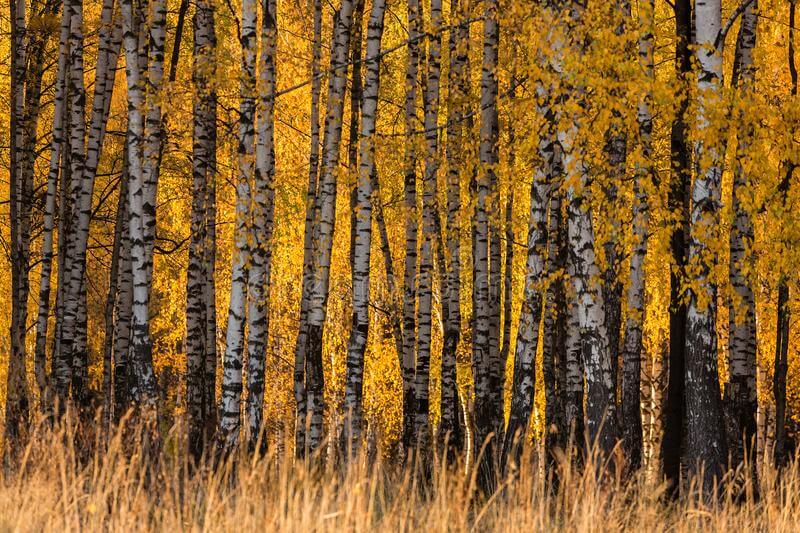Birch is one of the most popular wood types. Woodworkers love it because it’s hard, strong, and affordable. Birch is also fairly durable.
So, we thought it wise to dig a little deeper to help you better understand birchwood lumber. Our focus is on whether birch is softwood or hardwood.
However, we’ll also explain other characteristics of birchwood so you fully understand the wood species before you embark on your next project.
So, Is birch a softwood or hardwood? Let’s find out!
Is Birch a Softwood or Hardwood?
Birch is a hardwood that comes from the genus Betula. It’s one of the many hardwoods native to America. The most common birchwood species are yellow birch, white birch, and black birch, though yellow birch and white birch are the most common in woodworking.
What is Birchwood?
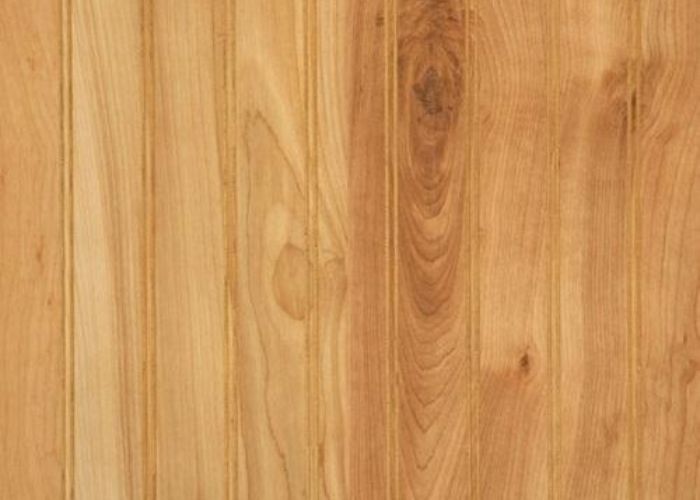
Birchwood is a native hardwood obtained from birch trees. Birch grows naturally in temperate or boreal climates across the northern part of North America.
The birch tree is a flowering deciduous tree with pointy egg-shaped leaves and a thin papery back that varies in color from white to silver, black, and yellow, depending on the birch species.
In the fall, birch trees typically turn a brilliant golden yellow, flaming red, or vivid orange.
Birchwood Characteristics
Birchwood, sawn from birch trees, is yellow-white or reddish-white to light reddish-brown in color. The color varies slightly from one birch species to the next. However, the sapwood is generally white.
It has a straight to slightly wavy grain pattern with a fine to medium-pore texture and is a high-density wood that weighs 0.65 kg/cubic cm.
Is Birch a Hardwood or Softwood?
Birch is a hardwood from thin-leaved deciduous trees that grow in cold climates, especially north of the USA.
It’s rated 1260 on the Janka scale, making it a medium-hardness wood. However, some species, such as the sugar birch (1450 Janka), are rated a lot higher.
How hard is birch lumber?
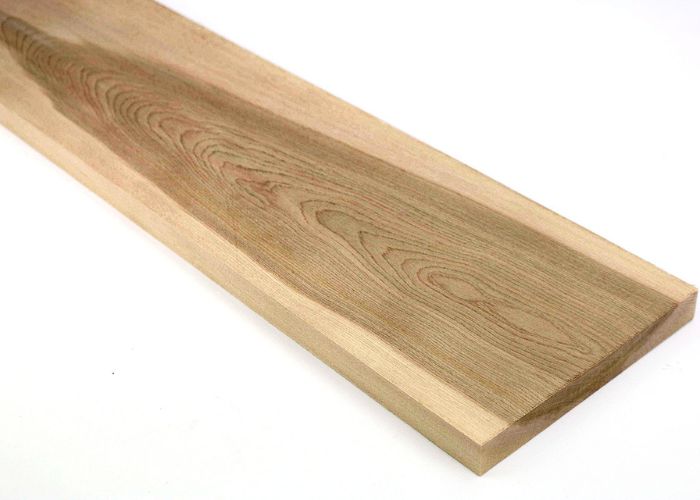
Birch hardwood is very hard and strong. It has excellent compressive strength and enviable bending strength. Here’s a summary of birch lumber hardness ratings;
- Compressive strength: 8,170 PSI
- Bending strength: 16,600 PSI
- Stiffness: 2.01 PSI
- Hardness: 1260 Janka
- Density: 0.65 kg/cubic cm
Birchwood hardness vs selected wood types
You’re probably wondering how birch compares with other popular hardwoods and softwoods. The following is a summary of how the average birch compares against other common woods; (200)
- Maple wood: Birch is about as hard as maple. Both wood types range in hardness, from around 950 Janka on the lower side to 1450 Janka on the upper side. For instance, the hardest maple, i.e., sugar maple (or hard maple), is 1450 Janka, about as hard as the hardest birch, i.e., sweet birch that’s rated 1470 Janka.
- Ash: Ash Janka hardness is 1320 thus slightly harder than the average birch wood.
- Hickory: Hickory is significantly harder than the average birch wood species. The hardest hickory species score up to 1820 on the Janka scale.
- Beech: Beech is about as hard as birch wood. The American birch, the most common species, is rated 1300 Janka. (Read: is beechwood a hardwood)
- Walnut: Walnut is slightly softer than birch wood. The black walnut, which is the most common walnut species, has a 1010 Janka rating.
- Oak: Generally, oaks are harder than birch wood species. The white oak, for instance, has a 1290 Janka rating, while the red oak is rated 1360 Janka.
- Cherry: Cherry wood is generally softer than birch, as most species, including the Black cherry, are rated between 940 Janka and 995 Janka. The only exception is the Brazilian cherry, which, at 2350 Janka, is almost twice as hard as birchwood.
- Cypress: Cypress are softwoods. They generally exhibit lower hardness than birch. Cypress wood’s Janka hardness ratings can vary based on the specific cypress species. On average, cypress wood falls from 510 to 1375 Janka. This places it in the category of softer woods when compared to harder woods like birch or oak.
See also: Is sycamore hard or softwood?
Birchwood Species: Types of Birchwood
There are over a dozen species of birch wood. However, the species most commonly found in the US are as follows;
- Cherry birchwood: The cherry birch, also known as the sweet birch, is a large tree that grows from a single large trunk. It has a shiny, red-brown bark and yellow foliage, making it an attractive tree for lawns and naturalized areas.
- Silver birchwood: Silver birch trees have a distinctive white bark that peels away in papery strips. It’s also common as the European white birch or weeping birch and is native to Europe and Asia.
- White birchwood: Also known as white birch or canoe birch, the white birch is native to Alaska, Canada, and the northern US and has lovely white bark and yellow fall color. It has a thin white bark that often peels from the trunk in paper-like layers.
- Yellow birchwood: The yellow birch is named after the color of its bark. It is a single-stemmed tree with a yellow-bronze bark that peels in narrow horizontal strips. The yellow birch is sometimes called the gold birch or curly birch.
- River birch: Also known as red birch, black birch, or water birch, the river birch is a fast-growing tree with a distinctive salmon-pink to reddish-brown bark that exfoliates to reveal lighter inner bark.
Birch Wood Uses
Birchwood has endless applications, ranging from woodworking to construction and making musical instruments. However, the main applications are;
- Flooring
- Furniture
- Plywood and veneers
- Boxes and crates
- Interior finishing
Is birch a good wood for furniture?
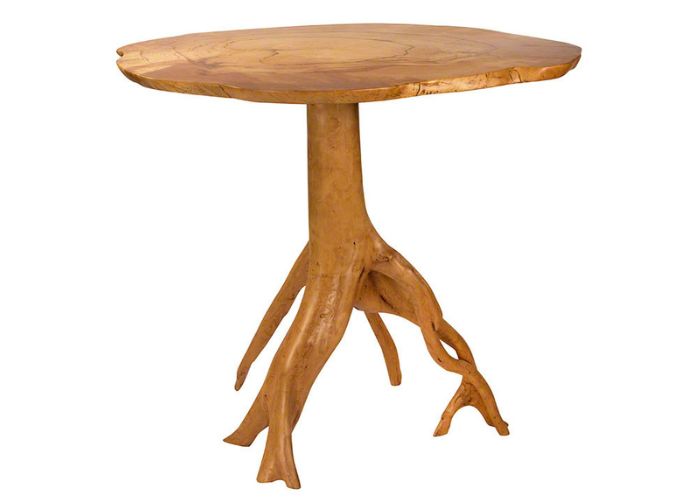
Yes, birch is extremely strong, making it an excellent wood for furniture making. Birch wood has a relatively high compressive strength and bending strength than most woods.
Owing to its great strength, birch is often used in furniture making, cabinetry, and flooring. It’s also used to make fine furniture.
Unfortunately, birch is only good for indoor furniture. Its tendency to rot under high-moisture conditions makes it a poor material for outdoor furniture.
Is birchwood good for cabinetmaking?
Yes, birch is a top choice for many people when it comes to furniture and cabinet making. Although it’s a medium-density hardwood, species such as yellow birch are known to be highly durable, strong, and resistant to dents and scratches.
You may also want to know that the yellow birch is one of the most valuable woods in the Adirondack forest (found in New York). That says something about the quality of yellow birch cabinets.
Is birchwood good for cutting boards?
Yes, as a member of the hardwood family, birch wood is durable and doesn’t score easily, making it an excellent choice for making cutting boards. Yellow birch, in particular, is an excellent material for cutting boards.
The only downside of birch cutting boards is that it’s not a very rot-resistant wood. It readily rots and decays when exposed to elements. For these reasons, many people prefer alternatives like sugar maple.
See also: Does cedar make a good cutting board?
Other birchwood uses
Other common uses of the natural wood from birch include making turned objects, small specialty wood items, and musical instruments, such as guitar body materials. Some people also use it for firewood.
Read: Is mango wood durable?
Birch Solid Wood vs Birch Plywood
A time comes when you feel that you could accomplish a given task using either solid wood or plywood. The following is a summary of the key characteristics of birch plywood to help you make an informed decision.
What is birch plywood?
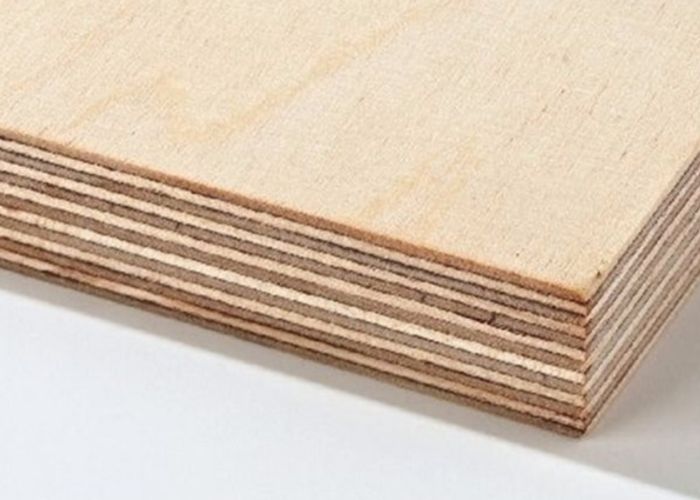
Birch wood plywood is a type of hardwood plywood known for its panel strength, grain texture, durability, and ease of finishing.
It doesn’t have an intricate grain pattern and is considered plain or even dull. This makes it applicable in many settings. Moreover, birch plywood has excellent workability and machinability.
A few advantages of birch plywood over other plywood types are;
- Few knots and jagged edges
- Resists splintering and cracking
- It’s affordable
- Birch trees are sustainable
Here’s how to stain birch.
Birch plywood uses
Birch plywood has many uses inside and outside the home. However, the most common applications of birch plywood are;
- Millwork
- Furniture production
- Pattern making
- Plywood underlayment
- Formwork
- Home improvement
What makes baltic birch plywood special?
Baltic birch plywood is famous for its easy machinability and screw holding strength. Its strength, uniform plies, and thicker face and backing veneer also make it a very attractive option when making dovetails or finger joints.
Common uses of baltic birch plywood include making the core of skateboards, and drum shells for custom trailers. Baltic birch is also one of the best speaker box wood.
Advantages of Baltic Birch Plywood
Although you’re free to use other forms of birch plywood, baltic birch plywood has several advantages over standard plywood, including;
- Cleaner joinery
- Superior screw holding
- Higher-strength and stability
- A, generally, nicer appearance
- It accepts paperback veneer for more decorative projects
You might also want to explore “Is beech hardwood?” to learn more.
FAQs
What is birch wood used for?
Birchwood is mainly used for lumber which goes into making furniture, cabinets, wooden kitchenware, and others. However, the wood is often manufactured to make veneers, plywood, paper pulp, and toothpicks. Birch veneers and plywood are used in flooring, construction, etc.
What kind of wood is birch?
Birch is a hardwood tree that belongs to the Betulaceae family. It’s a close cousin of alder and hazels. The birch tree has a pale white to reddish-brown heartwood, though some species, such as the yellow birch, have a yellowish heartwood. Birch trees mainly grow in Europe and Asia, especially in China, Japan, and Russia.
Is birchwood expensive?
No, birchwood is one of the most affordable hardwoods, though you may consider it slightly expensive depending on what it’s up against. For instance, birch is less expensive than oak, a comparable hardwood, but more expensive than pine as a softwood. Birch is also less expensive than Maplewood.
Is birchwood good for outdoor use?
Unfortunately, it isn’t. Birch lacks some of the qualities that make the ideal lumber for outdoor applications. For instance, it is considered a perishable product that rots easily. Additionally, birch wood is susceptible to pests, such as the bronze birch borer. Thus, birchwood products are ill-suited for outdoor environments.
Is birchwood better than pine?
Generally, yes. Birch (910 Janka) is harder than pine (420 Janka). In fact, some birch species are rated 1,000+ on the Janka scale. Additionally, birchwood has fewer cavities and empty spaces. However, pine is one of the most popular woods in the woodworking industry because it’s strong, has an excellent grain pattern, finishes easily, and is very affordable.
Is birch harder than oak?
Yes, birch wood is slightly harder than oak. Interestingly, the softest oak species, such as the Northern red oak (1260 Janka), are harder than the softest birch species (like white birch at 910 Janka). However, the hardest birch species, notably the sugar birch (1470 Janka), are harder than the hardest oaks, such as the white oak (rated 1360 Janka).
Is white birch a hardwood?
Yes, white birch is a hardwood tree. However, it’s the softest birch species, rated 910 on the Janka scale. Harder birch species, such as Rever birch, are rated 1,300+ on the Janka scale. Common uses of the white birch (also known as the paper birch) include veer, lumber, plywood, pulpwood, and household items.
How hard is birch wood?
Birchwood species range from the upper-lower to upper-middle of the Janka hardness scale. At the lower end are species such as the white birch, rated 910 Janka, and silver birch, rated 1210 Janka. However, you can find multiple harder varieties on the other extreme, including the sugar birch, rated 1,460 on the Janka scale,
Is birch wood strong?
Yes, birchwood is extremely strong. It has a relatively high compressive strength and bending strength than most other woods. This is why birch makes an excellent choice for making furniture, kitchen cabinets, and high-grade plywood. Of course, birch is also an excellent wood flooring material.
What does birch wood look like?
Birchwood has white sapwood and light reddish-brown heartwood. Some people call it an “ashy” light brown color. However, the color changes to a less ashy and more yellowish hue over time. Birch grain pattern is generally straight, with a fine, uniform texture. But don’t be surprised to run into wavy or curly birch grain patterns.
Next read: Is redwood softwood or hardwood?
Summary
Birch is a hardwood tree native to the northern USA and some parts of Europe and Asia. A 1260 Janka rating means it’s not among the hardest of hardwoods.
However, the medium hardness is also an advantage as it makes birch easy to work and machine. As a result, birch is widely used in furniture making, cabinetry, flooring, construction, and many other applications.
You should try it out if you’re looking for an affordable hardwood with excellent hardness and strength qualities.

